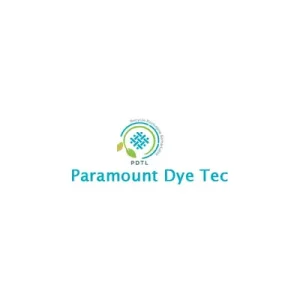Schedule of Paramount Dye Tec
| Issue open date | 30 Sep 2024 |
| Issue close date | 03 Oct 2024 |
| UPI mandate deadline | 03 Oct 2024 (5 PM) |
| Allotment finalization | 04 Oct 2024 |
| Refund initiation | 07 Oct 2024 |
| Share credit | 07 Oct 2024 |
| Listing date | 08 Oct 2024 |
| Mandate end date | 18 Oct 2024 |
| Lock-in end date for anchor investors (50%) | 03 Nov 2024 |
| Lock-in end date for anchor investors (remaining) | 02 Jan 2025 |
Note: The schedule is tentative. The anchor lock-in period ends 30 days after the actual allotment date for 50% of the shares and 90 days after for the remaining portion. The allotment status can be checked on the registrar's website and the exchange website.
About Paramount Dye Tec
Paramount Dye Tec Limited, established in 2014, manufactures yarns by recycling synthetic waste fibers for the B2B textile industry. The company offers a variety of synthetic fibers and yarns, including acrylic, polyester, nylon, wool, and acrylic blends. It operates two manufacturing facilities in Punjab, following ISO 9001:2015 and Good Manufacturing Practice (GMP) standards. The company also trades acrylic cloth and various yarn products, using established production practices.
Financials of Paramount Dye Tec
Issue size
| Funds Raised in the IPO | Amount |
| Overall | ₹28.43 crores |
| Fresh Issue | ₹28.43 crores |
| Offer for sale | – |
Utilisation of proceeds
| Purpose | INR crores (%) |
| Setting up of manufacturing unit | 16.00 (56.29%) |
| Debt reduction | 4.50 (15.83%) |
| Expenses towards registry of land from the promoter | 1.00 (3.52%) |
| General corporate purposes | 6.93 (24.36%) |
Strengths
- Uses recycled synthetic waste to produce high-quality yarn and fiber, promoting environmental responsibility and cost-efficiency.
- Cost-efficient production methods result in margin benefits, allowing for competitive pricing.
- The increased spinning capacity allows for the efficient use of in-house produced fiber, improving profitability.
- The company’s integrated fiber and yarn production simplifies the supply chain, reducing customer lead times.
- Products are cost-effective, helping customers lower their production costs without compromising quality.
Risks
- The company’s reliance on a single business segment for revenue exposes it to risks related to market demand, competition, and raw material availability.
- Dependency on a few suppliers poses risks of supply disruptions, which could impact business operations and revenue.
- Failure to meet contractual performance standards could result in business loss, reputational damage, or financial penalties.
- Fluctuations in raw material prices or shortages may increase production costs, impacting profitability if costs can’t be passed on to customers.
- Delayed or missed payments from clients could strain cash flow, affecting operations and growth plans.
